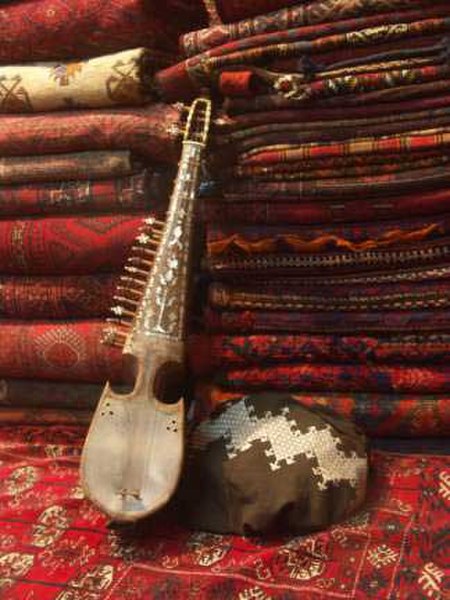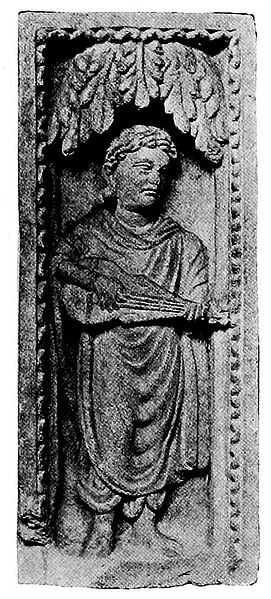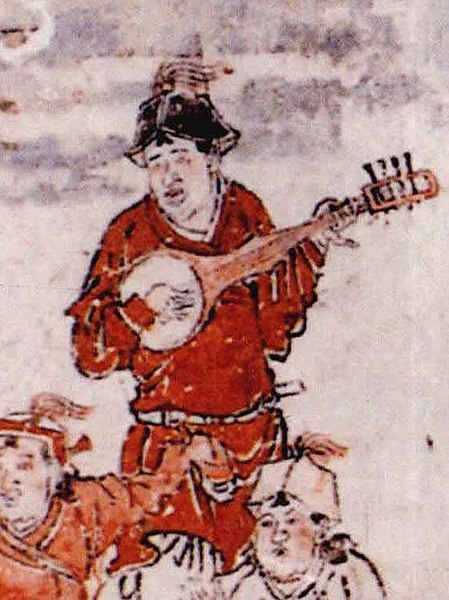Rababi is a term used to refer to a player of the rabab instrument.
Guru Nanak (right) and Bhai Mardana (left) with rabab, c.1740 painting
Firandia-style Rabab
Photograph titled 'Lute [rabab/rebec] Players [rababis] near the Golden Temple', taken on 28 January 1903. Kept in the Gertrude Bell collection of Newcastle University.
Photograph of a rababi of Nabha State holding a rabab
Rubab, Robab, or Rabab is a lute-like musical instrument.The rubab is the national musical instruments of Afghanistan, is also commonly played in Pakistan and India mostly by Pashtuns and Balochis, Sindhis, Kashmiris and Punjabis. Variants of the rubab include the Kabuli rebab of Afghanistan, the Rawap of Xinjiang, the Pamiri rubab of Tajikistan and the seni rebab of northern India. The instrument and its variants spread throughout West, Central, South and Southeast Asia. The Kabuli rebab from Afghanistan derives its name from the Arabic rebab and is played with a bow while in Central Asia and the Indian subcontinent, the instrument is plucked and is distinctly different in construction.
Rubab (instrument)
Iranian style rubab from the 13th century C.E., found in Rayy (near Tehran, Iran).
Kushan Empire, 1st to 3rd century. Lute or vina, from the Yusufzai district near Peshawar. Greco Buddhist (Gandhara School). Resembles rubab, sarod and tungna.
Mongolian lute, circa 1297, Tomb of Wang Qing, China



![Photograph titled 'Lute [rabab/rebec] Players [rababis] near the Golden Temple', taken on 28 January 1903. Kept in the Gertrude Bell collection of New](https://upload.wikimedia.org/wikipedia/commons/thumb/5/5e/Photograph_of_rabab_players_%28rababis%29_titled_%27Lute_Players_Near_the_Golden_Temple%27%2C_taken_on_28_January_1903.jpg/640px-Photograph_of_rabab_players_%28rababis%29_titled_%27Lute_Players_Near_the_Golden_Temple%27%2C_taken_on_28_January_1903.jpg)




